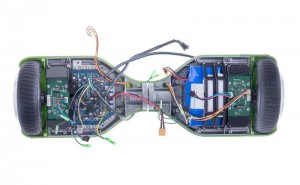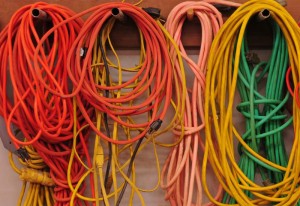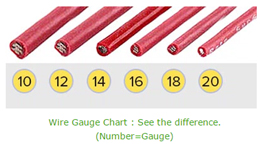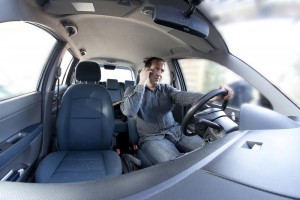 Doc Brown and Marty McFly had to travel all the way to the future to find a hoverboard. Now we’re living in that future, only the future may have come too soon. Thousands of hoverboards are being sold without proper hazard analysis and now consumers are being put in grave danger.
Doc Brown and Marty McFly had to travel all the way to the future to find a hoverboard. Now we’re living in that future, only the future may have come too soon. Thousands of hoverboards are being sold without proper hazard analysis and now consumers are being put in grave danger.
On December 16, 2015, the Consumer Product Safety Commission issued a statement directing its agency staff to “work non-stop to find the root cause…” of fire hazards associated with hoverboards.
However, fire is not the only hazard relative to hoverboards. In the statement released by the CPSC, it also recognized that it has received dozens of reports of injuries from emergency rooms of hospitals relating to hoverboards.
Unbeknownst to consumers, risk of serious injury is associated with hoverboards. By comparison, approximately 120,500 people are treated annually in emergency rooms for skateboard injuries. Half of the injured are between the ages of 15-24. More than 34 percent are 14 and younger. Head injuries, fractures, internal organ injuries are some of the serious injuries.
Consumers are not aware of the ‘gravity of risk’ associated with hoverboard use. Consumers might believe that these incidents “only happen to someone else” or “I will be careful” in using a product. However, such wishful thinking is unacceptable regarding product design.
The most effective means to avoid incidents is by eliminating or reducing hazards during the design and development of a product before reaching consumers, but, as the saying goes, “it is too late to shut the stable door after the horse has bolted.”
Designers and manufactures of hoverboards should have undertaken hazard analyses to identify unsafe physical conditions and risk analyses to determine the probability of serious injury and/or death. Within risk analyses, there should be further analyses to understand how consumers will use the product.
As the CPSC continues their investigation, they should demand designers and manufacturers provide their hazard and risk analyses regarding hoverboards. This would greatly assist the CPSC in its investigation. Otherwise, tax payers will end up footing the bill to determine root causes of why hoverboards are causing damage to consumers and property.
The future came too soon and now consumers are in harms way. It’s too late to go back, so now it’s time to find the way to a safer future.





